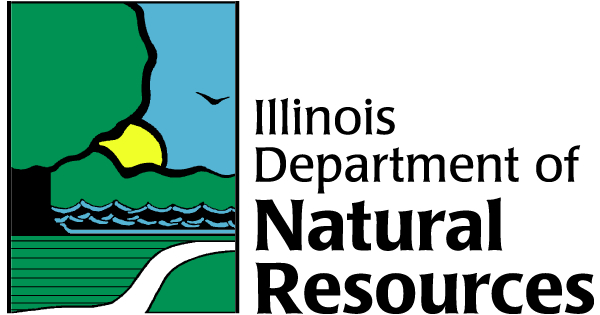Goal Three: Coastal Communities
We will help coastal communities improve their capacity to protect natural, cultural, and economic resources. We will foster coordination and collaboration among communities to achieve shared goals.
Strategies we employ in meeting our goal:
Evaluate the hazard vulnerability of shore protection and coastal infrastructure
Increase the capacity of coastal communities to protect coastal infrastructure, shorelines, and community resources
Improve public shoreline and sand management by communities through research, coordination, technical assistance, and communication
Coordinate efforts towards delisting of the Waukegan Harbor Area of Concern and improve the capacity of City of Waukegan to revitalize its waterfront
Increase coastal community preparedness and capacity to manage stormwater and address flooding and groundwater recharge
CMP in Action
Sand Management Working Group
For communities along the lakefront, shoreline change and the need for beach management is a pressing issue. Since 2015, the CMP has been convening a group of over 100 elected officials and managers from more than 30 local, state, and federal organizations working collaboratively in order to understand best practices for a regional effort to protect our coastal areas sustainably. The Sand Management Working Group focuses efforts through four action areas: Data, Permitting, Regional Demonstration Projects, and Outreach & Engagement. A major success of this effort arrived in 2018, when the US Army Corps of Engineers announced a pilot program working with Evanston, Glencoe, Lake Bluff and North Chicago for the beneficial use of dredged materials that have been scientifically-verified as reusable, as well as planting of trees, shrubs, and grasses to reduce shoreline and bluff erosion.


